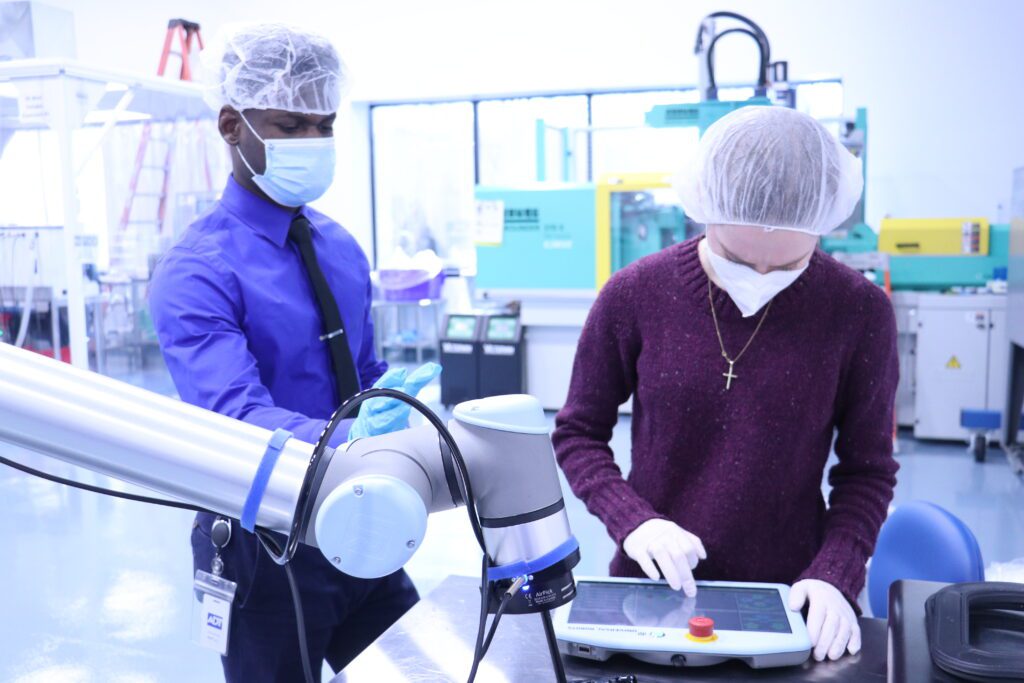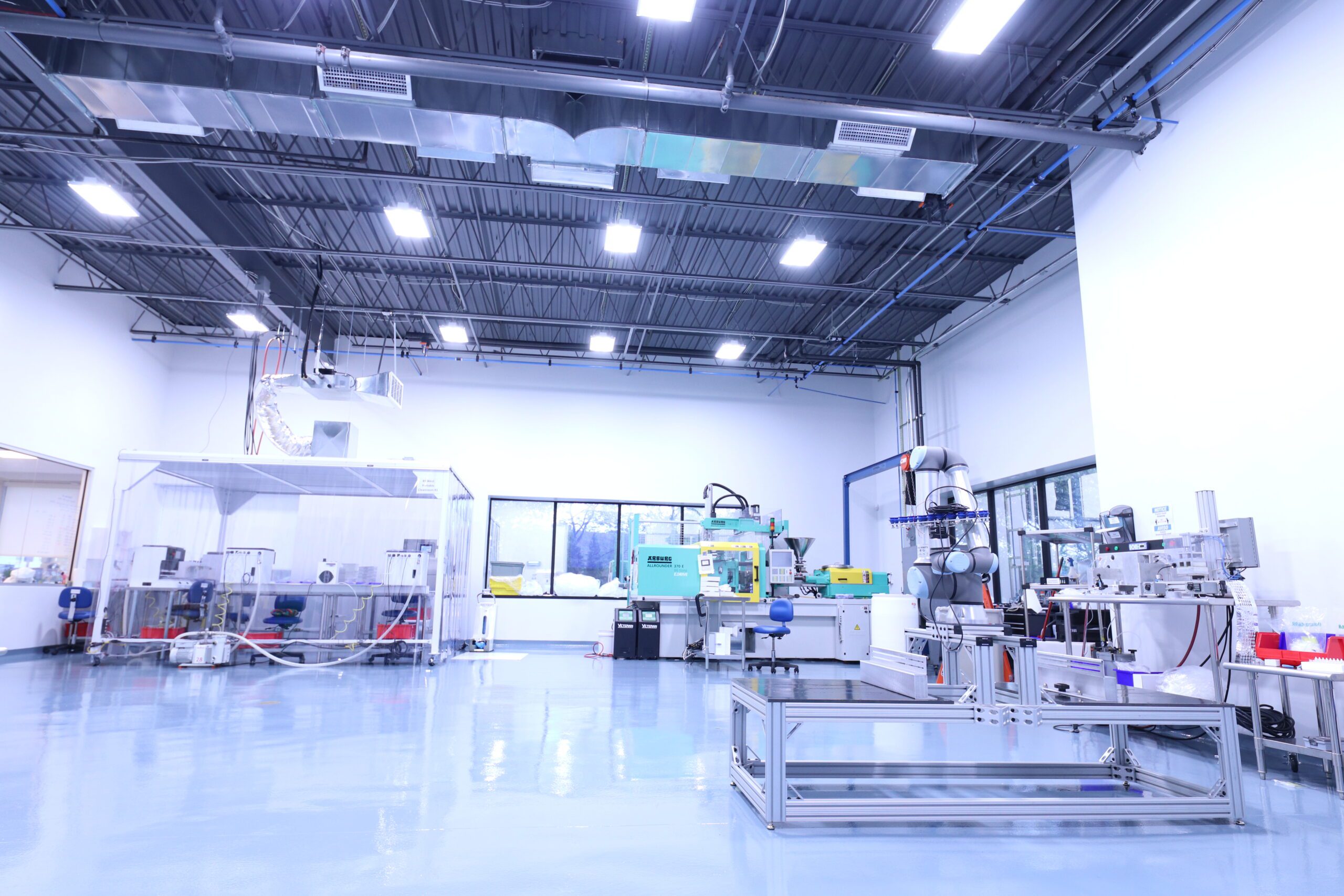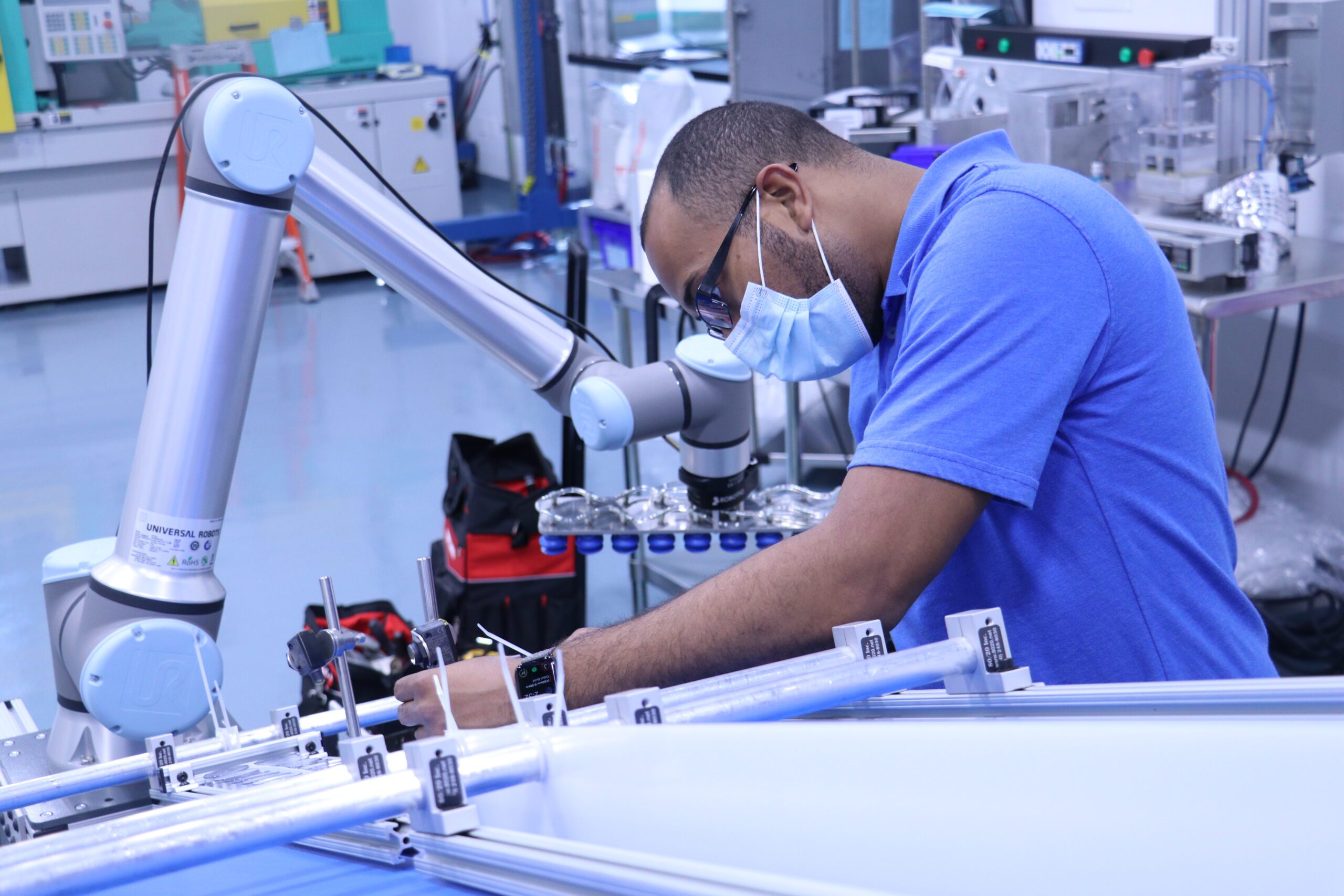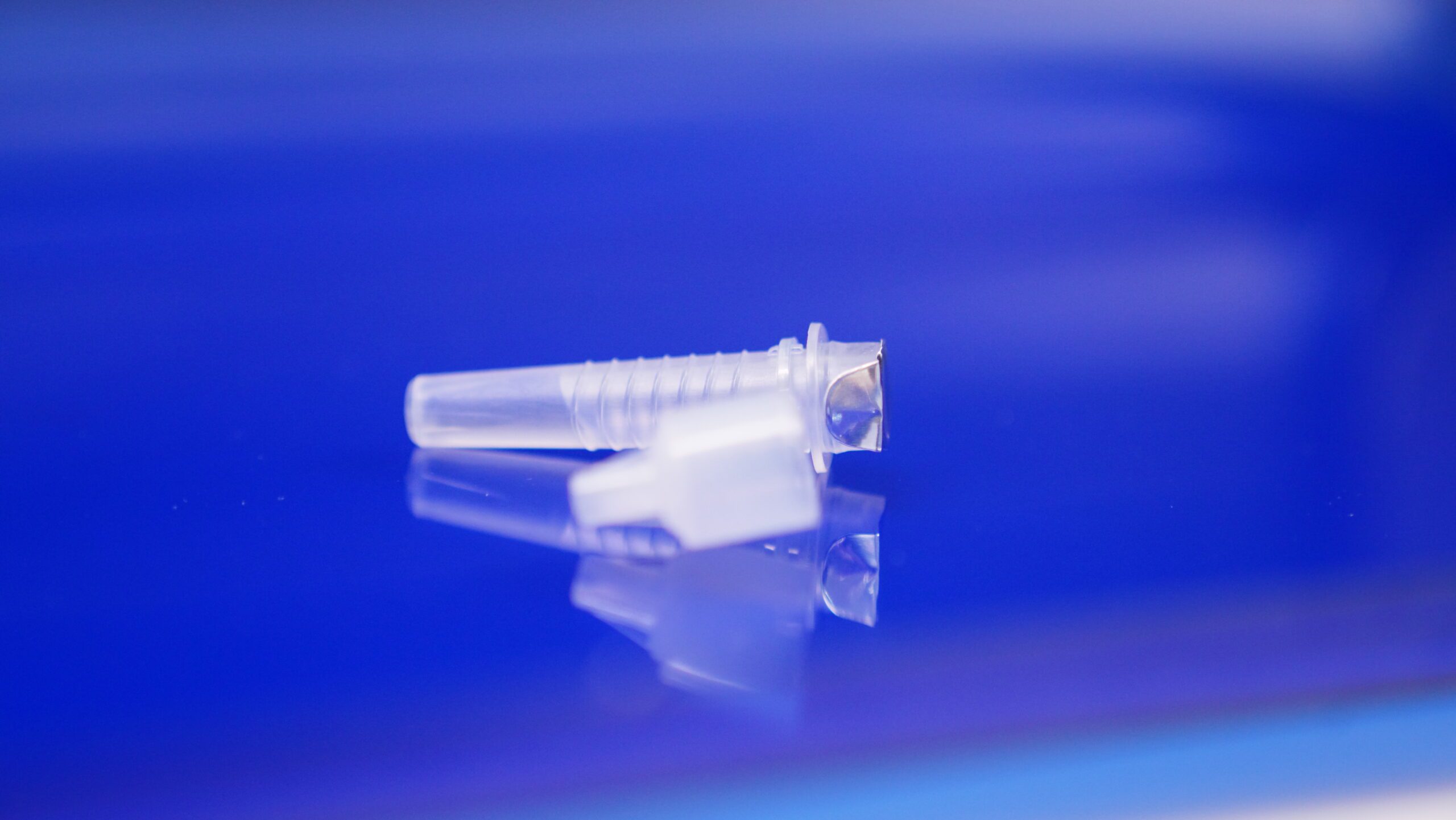Medical Device Manufacturers Hit Major Hurdles—Can Contract Manufacturers Help?
September 28, 2021
Daphne Allen | This is an excerpt from an article that was originally published on Medical Device + Diagnostics Industry Online

It’s an exciting time for medical device innovation, as medtech continues to help advance healthcare on a number of fronts. But it’s also a challenging time given the pandemic’s impact on markets and supply chains. Contract manufacturers are working to help medical OEMs address these challenges, and they are expanding to meet new demands such as supplier consolidation requests.
Planning ahead is key. “We have been proactively working with clients to secure the materials they need by looking into the future and helping to project their needs into Q1 and Q2 of 2022,” explains Ashley Turrell, director of strategy for Natech Plastics. “By having open and transparent communication with our customers about the market, we align our goals and reduce risks through proactive decision making and collaboration. Our customers appreciate knowing we are looking ahead and working to eliminate disruptions to their programs.”
Medical device companies may be interested in streamlining their operations through supplier consolidation.
Turrell of Natech also sees a shift toward contract manufacturers becoming more vertically integrated and helping medical customers navigate their supply chain. “When it comes to shifts in demands, our clients are looking to us as the experts in not only in injection molding, but also in critical post-processing services. These services include assembly, filling and sealing, bonding, coating, and sterile packaging—all of which we can now do in-house at Natech. In response to these demands, Natech has continued to add to its suite of services to include mechanical and automated assembly and packaging.
Our team includes a robust automation engineering team that helps to streamline the process and reduce costs before manufacturing begins. We have also added filling and sealing capabilities for our diagnostic clients who are looking for a manufacturer that can design, mold, and fill and seal their product. Our team now can fill and seal, sterile pack, and assemble complex finished medical devices in our class 8 manufacturing cleanroom. By having all these services occur under one roof, clients have more control and trust in the process, as well as save costs by working with one partner, rather than several.”
Natech has added additional automation equipment, including collaborative robots for the production floor, along with testing equipment and new machinery, Turrell reports. “Our team now can fill and seal, sterile pack, and assemble complex finished medical devices in our class 8 manufacturing cleanroom. This year, we are also adding the ability to work with hydrophilic and hydrophobic coating for our customers in the IVD market. What we want to accomplish is a full suite of services that allow clients to move from idea to final device with Natech.”
Turrell of Natech expects to see medtech companies stick with domestic partners. The company anticipates “seeing OEMs push the envelope on bridging that gap from development to high production. In the past, OEMs would work with domestic partners for new product development and low volumes, and then they would move overseas to low-cost labor markets once they reach higher quantities. The cost and lead times on automating processes have and will continue to decline, which makes remaining with domestic partners through high-volume more competitive when products start to reach high volume manufacturing. Moving forward we expect to see more OEMs choosing to keep high production domestic.”



